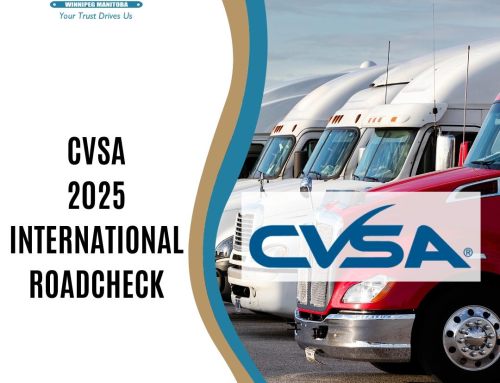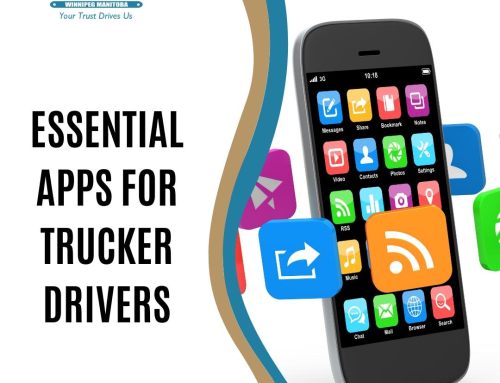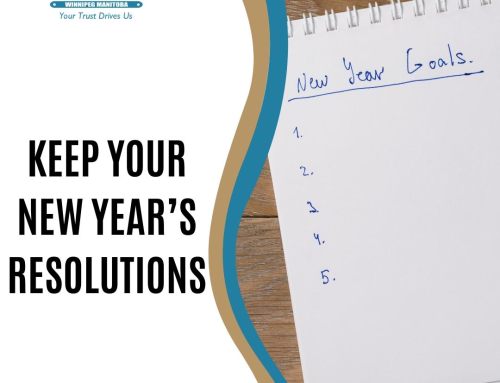
It’s easy to say the weather, or road conditions were the cause of the accident, but were they? The ultimate cause of an accident is generally human error; making poor decisions.
Here are the top causes of winter accidents:
- Poor Following Distance – Proper following distance is always important. In bad weather your visibility might be reduced and you may not be able to anticipating what’s happening ahead of you. On top of that, icy roads reduce traction needed to bring the vehicle to a stop – more room is your best friend.
- Fatigue – When your tired your body slows down and increases reaction time. A split second can be the difference between a close call and a fatality. Fatigue can also affect your judgement of road conditions and your interpretation of what is happening around the vehicle.
- Misjudging Road Conditions – It can be difficult to judge the road surface. You need to have an accurate idea of how much traction you have at any time. Take notice of how the vehicle is responding to movements of the wheel and breaking. If you’re unsure – slow down.
- Driving when You Shouldn’t – Nothing is worth causing an accident. If you know you shouldn’t be on the roads – don’t be on the roads. Part of being a good driver is knowing when the road conditions are too poor to be out there.
- Icy Windshield – An icy windshield can bring your visibility to zero. Even if you’re clairvoyant, pull over and clean your windshield and wipers of ice. To help prevent your windshield from icing up, set your defrost to a heat where snow doesn’t melt on the windshield. The defrost should keep the inside of your windshield from fogging up.
- Speed – Icy roads mean less traction and you might not be able to make an emergency stop, break quickly for a traffic light, or break for a changing traffic pattern in front of you. If the roads are snow covered and icy, slow down.
- Distractions – You need to know what’s happening around your vehicle at all times. Thing can change in a heart beat and you need to not only react, but you need to be able anticipate what’s about to happen – eyes and ears on the road at all times.
- Unnecessary Braking – While a light brake application to test road conditions isn’t necessarily a bad thing, constantly hitting the brake for curves is dangerous. Choose a speed with which you’re comfortable and try to avoid sudden hard braking unless it’s necessary.
Please, keep yourself and others on the roads with you safe this winter by avoiding decisions that will lead to an accident.





